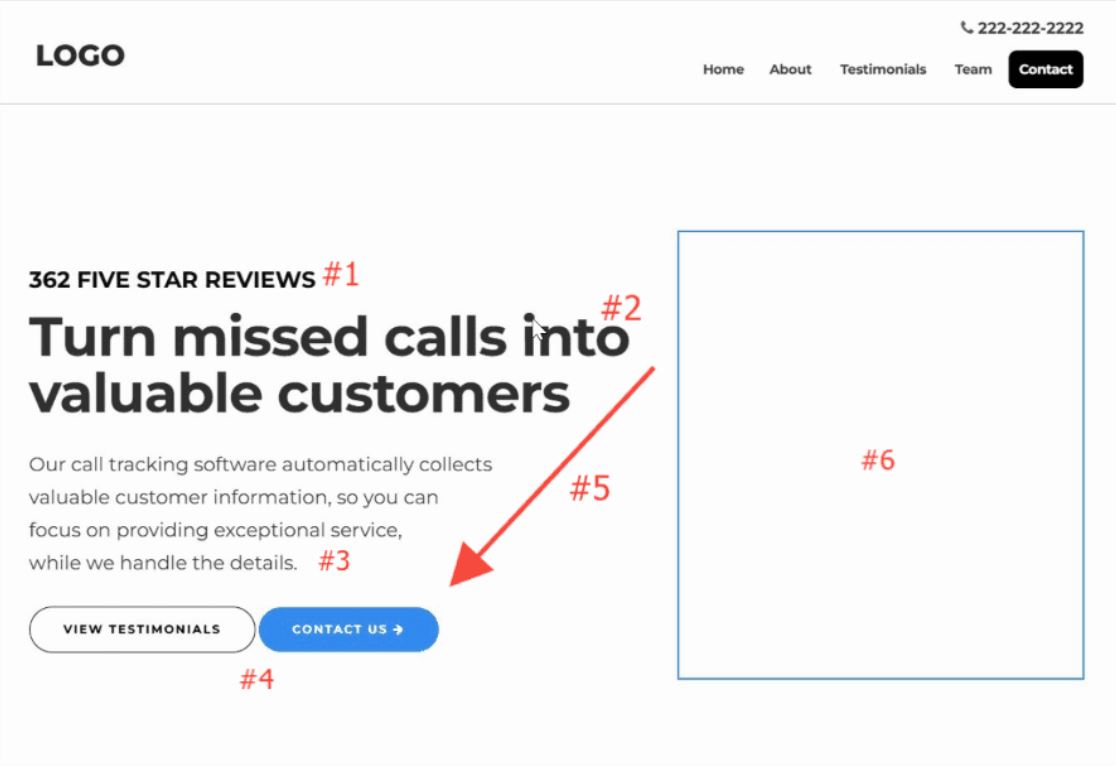How Does a Website Browser Work?
February 21, 2024
Have you ever wondered how, in the blink of an eye, your favorite website pops up on your screen after typing a URL or clicking a link?
It feels like magic, but it’s actually the work of a powerful tool: the web browser.
Web browsers are the gateway to the internet, making it easy for us to explore, shop, communicate, and learn.
But how do they work? What happens behind the scenes to turn a simple web address into a fully functional webpage?
Don’t worry—it’s not as complicated as it sounds! In this article, we’ll break it down step by step, exploring how browsers fetch, interpret, and display the content we use daily.
1. What is a Web Browser?
A web browser is like your personal tour guide to the internet. It’s a software application that helps you access, view, and interact with websites. Popular browsers include Google Chrome, Mozilla Firefox, Safari, and Microsoft Edge.
Browsers do three main things:
- They fetch website content from servers.
- They interpret the code that makes up a website (like HTML, CSS, and JavaScript).
- They display the interpreted content in a way you can easily understand and interact with.
Think of them as translators—they take the technical language of the web and turn it into the visually appealing websites we love.
2. The Key Components of a Browser
To understand how a browser works, let’s break it into its main parts:
User Interface (UI):
This is what you see and interact with—the address bar, navigation buttons, bookmarks, tabs, and more. It’s the user-friendly layer that allows you to browse without worrying about the technical details.
Browser Engine:
This acts as a middleman, connecting the UI to the rendering engine. It ensures smooth communication between what you see and how the browser processes the website.
Rendering Engine:
The rendering engine is the heart of the browser. It takes website code (HTML, CSS, and JavaScript) and turns it into the visual web pages you see. Examples include Blink (used by Chrome and Edge) and WebKit (used by Safari).
Networking:
This component handles the heavy lifting of retrieving website data from the internet. It processes network requests, like HTTP and HTTPS, to fetch files, images, and videos from servers.
JavaScript Engine:
If the rendering engine is the heart, the JavaScript engine is the brain. It executes JavaScript code to add interactivity, like animations, pop-ups, and dynamic content.
Data Storage:
Browsers save data locally, like cookies, cached files, and local storage, to improve performance and provide features like “remember me” on login forms.
3. How Browsers Load a Web Page
Let’s follow the journey of a website request:
- User Input: You type a URL (like www.example.com) into the address bar and hit Enter.
- DNS Resolution: The browser translates the URL into an IP address to locate the web server.
- HTTP/HTTPS Request: It sends a request to the server, asking for the website files.
- Server Response: The server responds with the requested files, like HTML, CSS, JavaScript, and images.
- Rendering: The browser interprets and displays the files, showing the webpage on your screen.
It happens in seconds, but there’s a lot going on behind the scenes!
4. Parsing and Rendering
Here’s where the magic happens:
Parsing HTML:
The browser reads the HTML code and converts it into a DOM (Document Object Model), a structured representation of the webpage.
Loading CSS:
Next, the browser applies CSS rules to style the DOM, determining things like colors, fonts, and layouts.
Executing JavaScript:
If JavaScript is present, the browser’s JavaScript engine processes it to add interactivity, like sliders, animations, or real-time updates.
Rendering the Page:
Finally, the rendering engine combines all these elements and draws the visual representation of the webpage on your screen.
5. Key Features and Optimizations in Browsers
Modern browsers are designed to be fast, secure, and user-friendly. Here are some of their standout features:
- Caching: Browsers store frequently accessed files locally, so websites load faster the next time you visit.
- Cookies and Storage: They manage small bits of data like login details or user preferences, making your browsing experience smoother.
- Security Features: Browsers protect you from malicious websites through SSL/TLS encryption, phishing protection, and sandboxing.
- Extensions and Add-ons: You can enhance your browser with tools like ad blockers, grammar checkers, or password managers.
6. How Browsers Ensure Security and Privacy
Your browser works hard to keep you safe while browsing:
- HTTPS Encryption: Securely transmits data between your browser and the website.
- Sandboxing: Isolates web pages to prevent malicious code from affecting your computer.
- Private Browsing Modes: Lets you browse without saving history or cookies.
- Regular Updates: Fixes vulnerabilities and enhances security features.
7. Challenges Browsers Face
Despite their sophistication, browsers face several challenges:
- Managing resource-heavy websites with videos, animations, and high-resolution images.
- Supporting multiple web standards across different devices.
- Balancing performance and memory usage.
- Providing accessibility for users with disabilities.
Browsers are constantly evolving to address these challenges.
8. The Future of Web Browsers
Browsers are at the forefront of technological innovation. Here’s what the future holds:
- Enhanced Performance: Faster page rendering and lower resource consumption.
- Advanced Privacy Controls: Greater transparency and control over data tracking.
- Integration with AI: Smarter features like voice assistants and predictive browsing.
- Support for Emerging Tech: Adaptation to Web3, AR/VR, and progressive web apps (PWAs).
Browsers are not just tools—they’re evolving ecosystems shaping how we interact with the internet.
Conclusion
Web browsers may seem like simple tools, but they’re incredibly complex and powerful. They fetch, interpret, and display websites, all while keeping you secure and ensuring a seamless user experience.
Now that you know how browsers work, you can better appreciate the technology that makes our online lives possible. Whether you’re just browsing for fun or building your own website, understanding browsers is a great step toward mastering the web.
Happy browsing!





